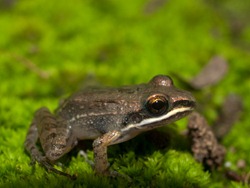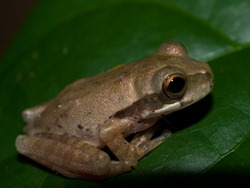Andrey is Romilio’s son (Romilio is one of the cooks at Palo Verde). Besides helping me with Spanish since he didn’t speak English and providing excellent company, Andrey assisted in photographing plants one day and traveled with Boa, Aaron and I to Bocana. He and I were the only two who braved the lagoon after we arrived and saw a large crocodile swimming about. In the last picture (bottom right), if you look close, you can see it, but I didn’t use any zoom, and it’s a very cryptic animal….
Monthly Archives: August 2009
Los Tabanos
One family of flies that I do know are the Tabanidae (tabanos, sweet bees, deerflies). Mike also got to know them while in San Ramon; consequently, los tabanos conocen la cuchilla de Mike, mae.
Although I was only bitten a couple of times, Mike, Erin and Kyle suffered regular, nasty, stinging bites after several minutes of annoyingly circling their heads. The tabanos were quite common in San Ramon, but I only saw larva in the wetland at Palo Verde.
Cuyahoga Fish Trip
Fixed the last two
I fixed the images in the last two posts, in case anyone cared. They weren’t linked to a larger original photograph, because I was using some new software to make the post and hadn’t configured it properly. Now you can click and see the bigger pictures…
Another unknown fly
Kent P&R Triathlon
This weekend, Pat, Allison and I participated in the Kayak/Canoe, Run and Bike triathlon set up, in part, by Kent Parks and Recreation. Although we never determined what out time was, the event was exciting and fun. Pat and Allison canoed the white water route (3.5 mi), then Allison ran (2.5 mi), and I finished with the bike (10 mi). Daren was also there in his potato of a kayak.
More Froglets
The froglets were emerging from the wetland around the same time. Although Leptodactylus melanonotus was a couple weeks ahead, L. poecilochilus, Smilisca baudinii, and Hypopachus variolosus emerged very close to one another, and these three differ markedly in their morphology and, presumably, feeding behavior. The co-generic species are obviously much more similar to one another than to the others, and could be foraging on similar prey or in similar habitat. Is there a reason for this anecdotally observed pattern? Are the co-generic species emerging at different times to avoid competition?


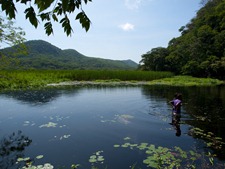

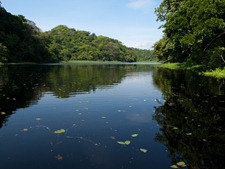


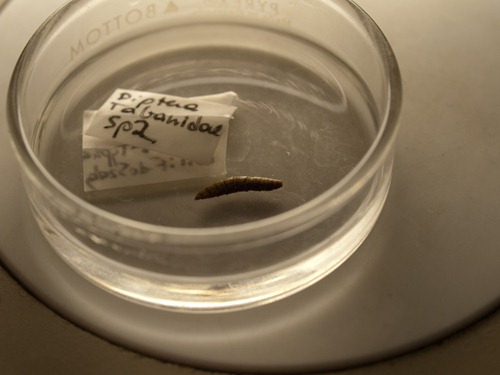
![VertebrateZoologyFishTrip07.28.20090[7] VertebrateZoologyFishTrip07.28.20090[7]](https://www.montegraphia.com/wp-content/uploads/2009/08/VertebrateZoologyFishTrip07.28.200907_thumb.jpg)
![VertebrateZoologyFishTrip07.28.20090[2] VertebrateZoologyFishTrip07.28.20090[2]](https://www.montegraphia.com/wp-content/uploads/2009/08/VertebrateZoologyFishTrip07.28.200902_thumb.jpg)
![VertebrateZoologyFishTrip07.28.20090[4] VertebrateZoologyFishTrip07.28.20090[4]](https://www.montegraphia.com/wp-content/uploads/2009/08/VertebrateZoologyFishTrip07.28.200904_thumb.jpg)
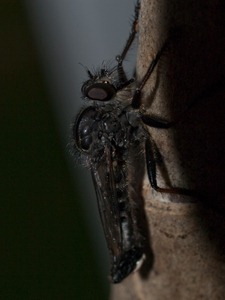
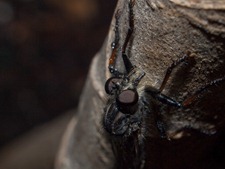
![CanoeRunBikeTriathlonwithPatandAllis[17] CanoeRunBikeTriathlonwithPatandAllis[17]](https://www.montegraphia.com/wp-content/uploads/2009/08/CanoeRunBikeTriathlonwithPatandAllis17_thumb.jpg)
![CanoeRunBikeTriathlonwithPatandAllis[5] CanoeRunBikeTriathlonwithPatandAllis[5]](https://www.montegraphia.com/wp-content/uploads/2009/08/CanoeRunBikeTriathlonwithPatandAllis5_thumb.jpg)
![CanoeRunBikeTriathlonwithPatandAllis[9] CanoeRunBikeTriathlonwithPatandAllis[9]](https://www.montegraphia.com/wp-content/uploads/2009/08/CanoeRunBikeTriathlonwithPatandAllis9_thumb.jpg)
![CanoeRunBikeTriathlonwithPatandAllis[10] CanoeRunBikeTriathlonwithPatandAllis[10]](https://www.montegraphia.com/wp-content/uploads/2009/08/CanoeRunBikeTriathlonwithPatandAllis10_thumb.jpg)
![CanoeRunBikeTriathlonwithPatandAllis[4] CanoeRunBikeTriathlonwithPatandAllis[4]](https://www.montegraphia.com/wp-content/uploads/2009/08/CanoeRunBikeTriathlonwithPatandAllis4_thumb.jpg)

